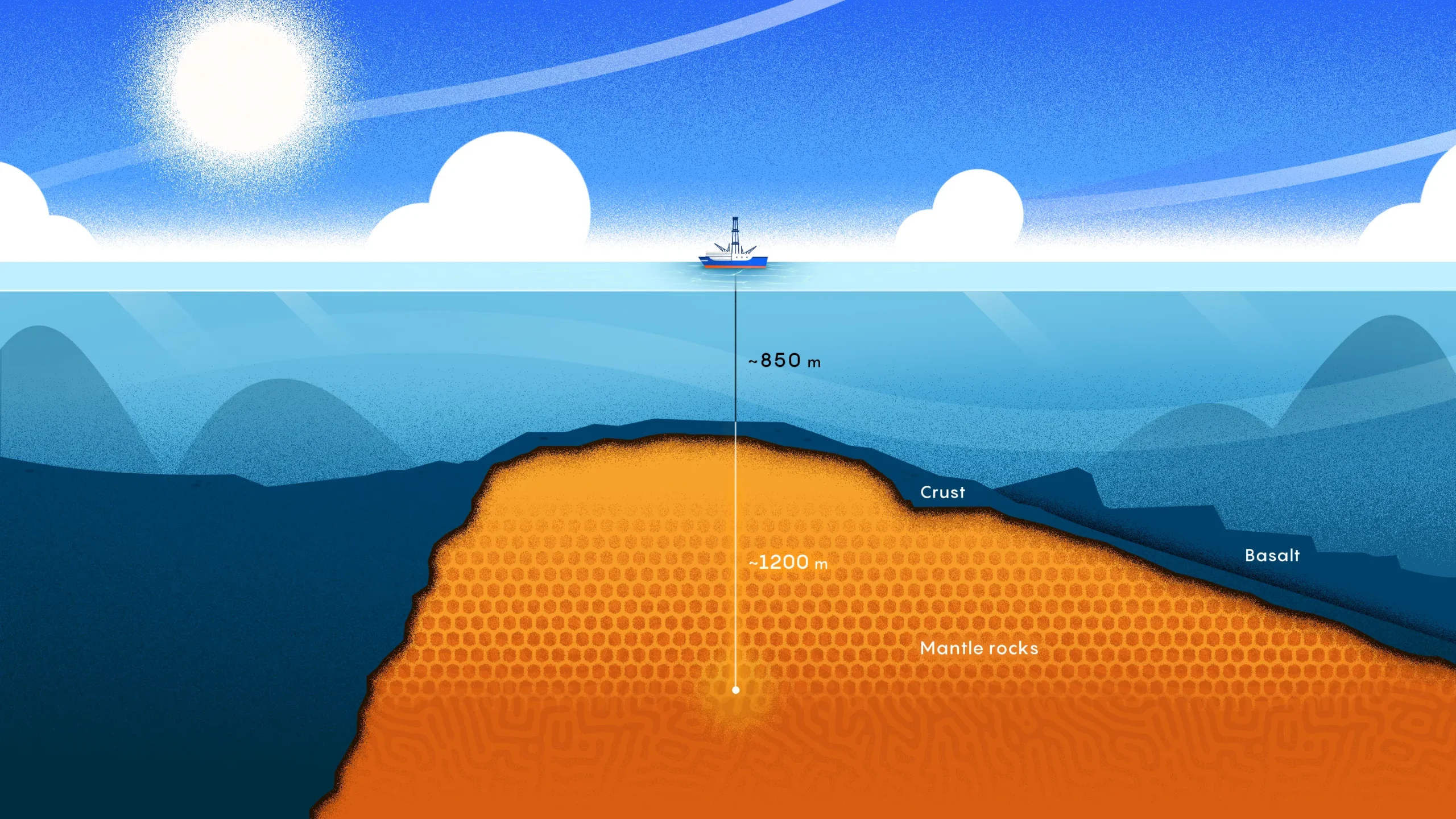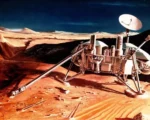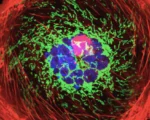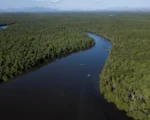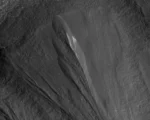A groundbreaking study published in Science Advances has unveiled the remarkable diversity of microbial life thriving deep beneath Earth’s surface. Led by Emil Ruff, an Associate Scientist at the Marine Biological Laboratory (MBL), the research explores life forms inhabiting depths up to 491 meters below the seafloor and as deep as 4,375 meters underground. The findings reveal that these subsurface ecosystems rival the biodiversity found on Earth’s surface, challenging long-standing assumptions about life in low-energy environments. The implications are far-reaching, offering insights into cellular adaptation, bioprospecting, and the potential for life beyond Earth.
Unveiling Microbial Diversity in the Subsurface
The study highlights the extraordinary resilience of microbes, particularly those in the Archaea domain, which thrive under extreme conditions. Ruff’s team discovered that certain subsurface environments boast biodiversity levels comparable to tropical rainforests or coral reefs. Contrary to the belief that deep environments suffer from energy limitations, these ecosystems often surpass their surface counterparts in diversity. Ruff noted that such discoveries challenge preconceived notions about the adaptability and resourcefulness of life in extreme habitats.
Contrasts Between Marine and Terrestrial Microbiomes
One of the study’s key achievements is its pioneering comparison of microbial diversity in marine and terrestrial subsurface realms. Despite sharing similar biodiversity levels, the composition of microbial communities in these environments is vastly different. Ruff explained that distinct selective pressures in land and sea create unique microbial ecosystems, each highly specialized and incapable of thriving in the opposing environment. This distinction underscores the influence of environmental factors in shaping life’s diversity and adaptability.
Broader Implications for Science and Exploration
These findings hold significant implications beyond Earth. Understanding how microbial life adapts to extreme conditions deep underground could inform strategies for exploring life in extraterrestrial environments, such as Mars or the icy moons of Jupiter and Saturn. Additionally, the study opens new doors for bioprospecting, with potential applications in medicine, biotechnology, and energy. As scientists delve deeper into Earth’s subsurface, they continue to uncover an unseen biosphere that reshapes our understanding of life’s resilience and adaptability.


